You need to know the answer to the question, “what amp breaker for a dryer?” to get essential safety facts on the electrical system in your home.
Read the information that is provided below. You can determine the precise size of the dryer breaker and the wire size of the installation that is required for your electrical system. In addition, there will be various repercussions brought about by us if you use the faulty breaker.
What Amp Breaker For Dryer?
A 30-amp breaker is necessary for the majority of home dryers.
You shouldn’t assume that, however, according to your dryer model. To find out how much space your dryer requires, look at the label on the back of the appliance. A large percentage of dryer models include a removable decal or metal nameplate near the dryer’s base with this data.
In the next three examples, we will examine the most often-used dryer:
Breaker Size For 240V Dryers
Electric dryers rated at 240 volts must use a 30 amp breaker as per the National Electric Code. And even if that’s the case, you should still keep an eye out for dryers that, in theory, can run on 24 to 30 amps circuit breakers. Nonetheless, the National Electric Code Is recommended rating should be followed for safety.
A 30A dryer double-pole breaker requires a cable with an American Wire Gauge (AWG) of either 10 for power lines or 8 for aluminum wires. The answer to this question shifts depending on whether the wires will be made of copper or aluminum.
Breaker Size For 220V Dryers
A breaker rating almost comparable to that required by 240V dryers is needed for these types of dryers. Although 220V dryers may work with breakers rated from 10 amps to 30 amps, it is the latter capacity that is more often found in stores.
Breaker Size For 110V/120V Dryers
Electric dryers in the 110V-120V range are more compact than their 240V-220V counterparts because of the lower voltage required to operate the motor. Thus, a circuit breaker with a lower rating is necessary because of the decreased power consumption of these smaller dryers.
If you’re wondering what size breaker to use for your dryer, know that most 110V and 120V dryers may utilize breakers between 7.5 amps and 15 amps.
Additionally, clothes dryers of this size do not need their separate circuit line, so you can plug them in anywhere in the home without worrying about overloading the circuits.
To keep yourself and others safe, you should be aware of the following:
Your home needs adequately sized circuit breakers to prevent the breakers from tripping and accidental electrical fires. It’s also important to be mindful that dryers have a high power consumption because of the volume of laundry they process. If you’re looking for a breaker, be sure it can handle the machine’s power needs.
Electricians advise that a separate circuit be installed just for your clothes dryer. This will ensure that the electricity being consumed by the dryer is properly protected and monitored by the dedicated dryer breaker.
The Consequences Of A Wrong Circuit Breaker
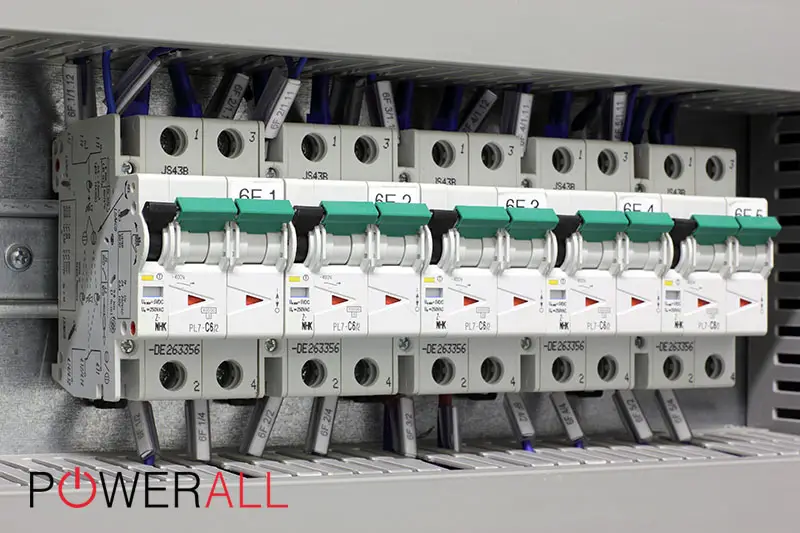
There is a wide range of potential disasters that might occur if dryer circuit breakers with the incorrect rating are installed. Here, I’ve taken it upon myself to catalog the problems that arise from using unrecommended circuit breakers.
When Using An Insufficient Circuit Breaker
If your dryer requires 30 amps of electricity to run, but the circuit breaker you installed can only handle 20 amps, your dryer will constantly trip the breaker.
Why? Instructions are often pre-installed in a breaker. If a quantity that exceeds 20 amps tries to run through that circuit, the directions for a breaker rated at 20 amps say that the power should be turned off.
Because the dryer constantly requires more amperage to operate than the breaker is designed to provide, the breaker may trip every time you utilize the dryer when it is attached to that circuit.
When Using a Higher Voltage Circuit Breaker
If a too-high fuse is installed in a circuit, there is a chance that the current running through the circuit will be too powerful and cause damage. Extremely high currents might cause an electrical fire or ruin your machine.
A circuit breaker with an incorrect setting will not disconnect the circuit’s electricity if the current flowing through it reaches acceptable limits.
Imagine you accidentally installed a 40-amp breaker in a circuit designed for 30.
A circuit with a 30-ampere maximum current rating uses cabling rated for just 20 amps. This means the cables will become too hot if the current flowing through the circuit exceeds 30 amps.
Thus, a circuit breaker with a rating of 40 amps would enable highly dangerous amounts of electricity to pass across it before it really would trip. However, at that time, the cables have likely already overheated, increasing the potential for a fire.
What Is The Correct Wire Size Used For Electric Dryers?
After determining the proper breaker size for any machine, you’ll want to make sure the cable you utilize in the dryer circuit is also the correct size. An electric dryer’s size will determine whether you use 10 AWG, 14 AWG, or 12 AWG cables for the installation.
Wiring with a 10/3 AWG gauge is suitable for use with 30-amp circuit breakers in 240V and 220V major appliances. 2 “hot” cables, a “neutral” line, and a “ground” cable are included in the cable’s construction. The amount of heat made by electric current might be lessened if the diameter of the wire is bigger.
Dryers that operate on 110V or 120V must be wired using 14 or 12 AWG wires. The recommended wire size for a 15 amp breaker is 14. A 12 gauge wire should be used if the circuit breaker at the outlet can handle 20 amps.
A three- or four-prong dryer connector may be more appropriate when installing 240V or 220V dryers. According to the National Electrical Code, it is crystal clear which one must be used (NEC).
The standard 4-prong plug is required for use with modern electric dryer circuits. Dryers that use 240V / 220V electricity are powered by a 3-prong connection, as required by the NEC as of 2010. 3-prong dryer plugs may be used in 3-prong dryer outlets.
How To Rate How Many Amps And Volts Your Dryer Uses
Typically, a dryer’s amp draw is clearly labeled for easy reference. A plaque or label on the front or rear of the dryer will often carry this information.
If this is not accessible, you may need to dig out the device’s manual or look for its technical specs online.
Multimeters and energy monitors may also be used to figure out what kind of current and voltage are being drawn. You don’t have the gear necessary for this, but if you do, use extreme caution.
Please consult a professional electrician whether you have any questions or concerns. Dryer installation is particularly dangerous since it may cause fires and electric shocks if done improperly.
The breaker’s amperage should be greater than that specified by the device.
Yet the voltage is altered. Dryers that need 240V should be connected to a separate circuit since 110V/120V is the norm in the United States.
Choose a portable 110V dryer that draws no more than 15 amps if you don’t have access to a dedicated 240V circuit and don’t want to hire an electrician to install one. This can be safeguarded by a 15A breaker or lower; the dryer’s amp draw should be slightly higher than the breaker rating to ensure adequate protection.
We have often seen an untrained individual either attempting to rebuild a circuit or installing a dryer that was not designed to work with their particular circuit. I’ve also seen instances when a two-prong outlet was converted to a three- or four-prong one. Please consider hiring an electrician to fix this, since it has put people in needless danger of shock and fire.
On the other hand, many people might gain from the relatively low-risk practice of utilizing an adaptor (if appropriate).
FAQ About Dryer Breaker Size
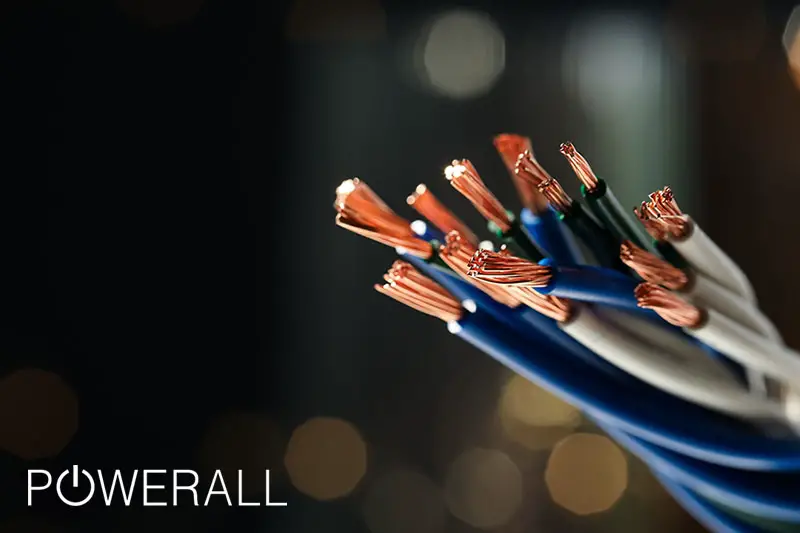
Do All Dryers Need A 30-Amp Circuit?
No.
The average home uses between 7.5 and 30 amps from its electrical outlet to dry clothing. Still, 30 amps are the norm rather than the exception. 240-volt dryers must be wired into their dedicated 4-wire circuit using 10-3 type NM cable with the ground and a 30-amp breaker, as per the National Electrical Code (NEC).
Does a 10/3 Wire Have Adequate Weight For A Dryer?
Yes.
10/3 cable is suitable for use with electric dryers that draw no more than 30 amps. While this covers the vast majority of dryers, it is still a good idea to double-check the amp draw of your dryer before you begin wiring. Verify that your 220-volt outlet is connected to a circuit delivering 30 amperes of power.
See also: 10/2 or 10/3 wire for air conditioner?
What Sorts Of Home Appliances Require A 30-amp Circuit Breaker?
The refrigerator, cooling system, electric heat exchanger, microwaves, coffee machine, electric stove, hair dryer, space heaters, and toaster are just a few of the power-hungry appliances and portable gadgets found in a standard RV with a 30 amp electrical connection.
Can I Use A 240V Dryer With A 220V Outlet And Vice Versa?
Yes.
Any home device designed to operate at 240 volts may also be utilized on an outlet that operates at 220 volts or 208 volts.
Conclusion
The simple answer is that most household dryers need a 30-amp circuit breaker; in some specific cases, you can use a different one.
To avoid electrical risks in the future, make sure you choose the right dryer breaker size and its wires. If you have no idea about electric equipment, call electricians to complete the installation.

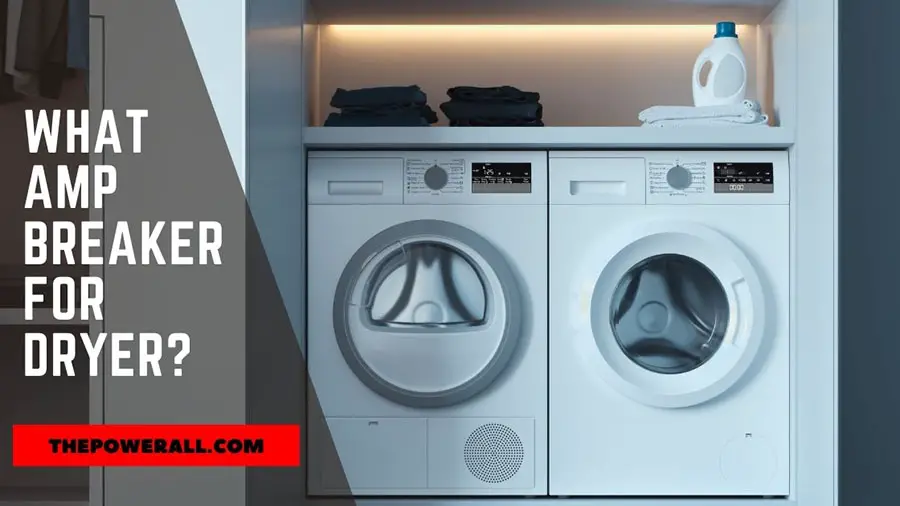

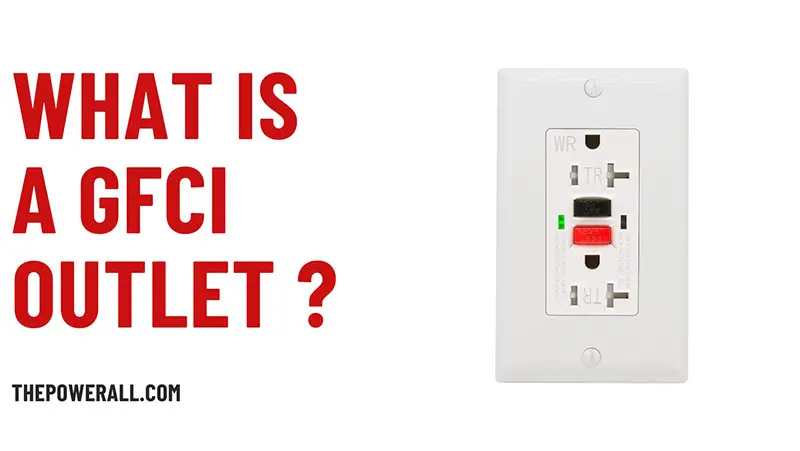
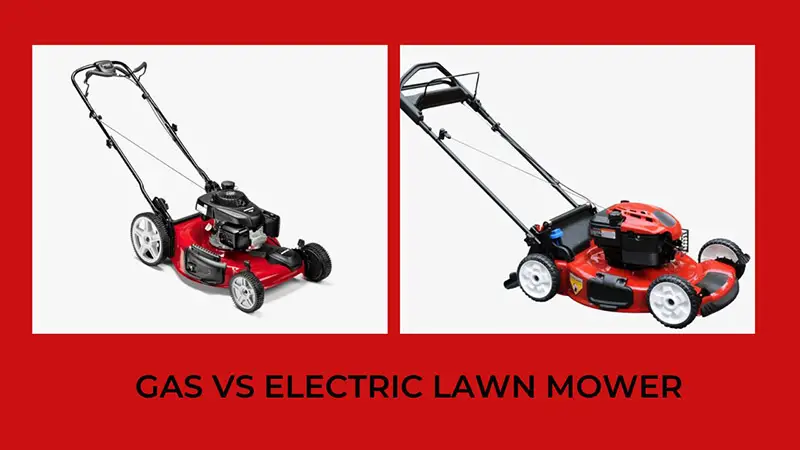
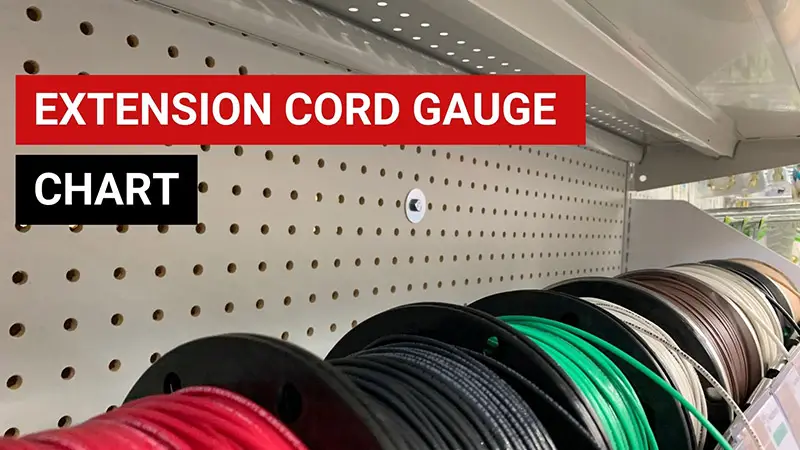
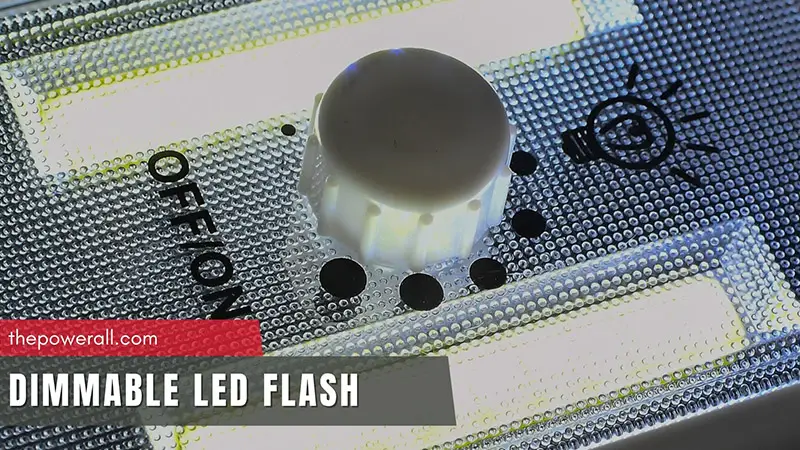
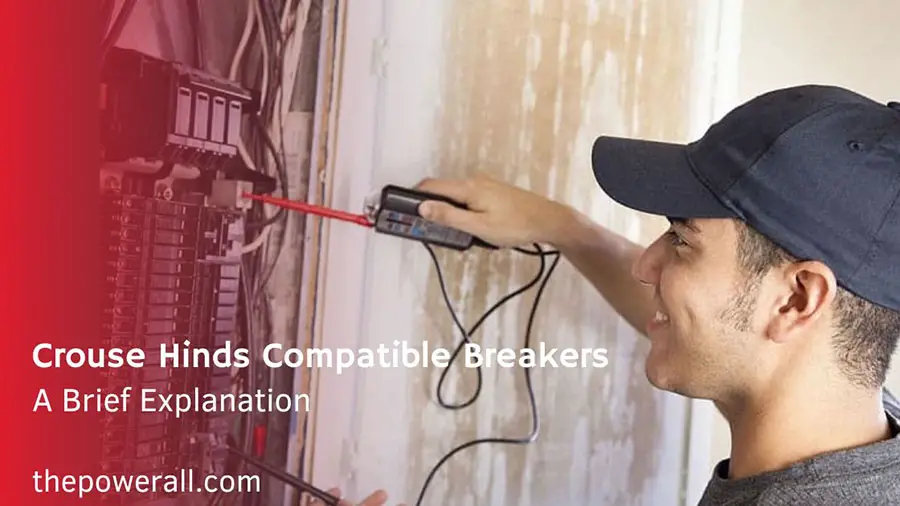
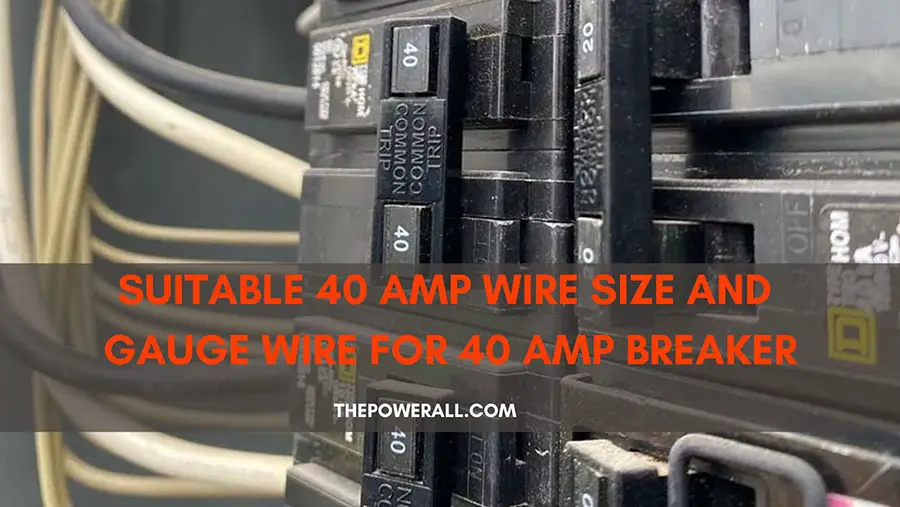
0 Comments